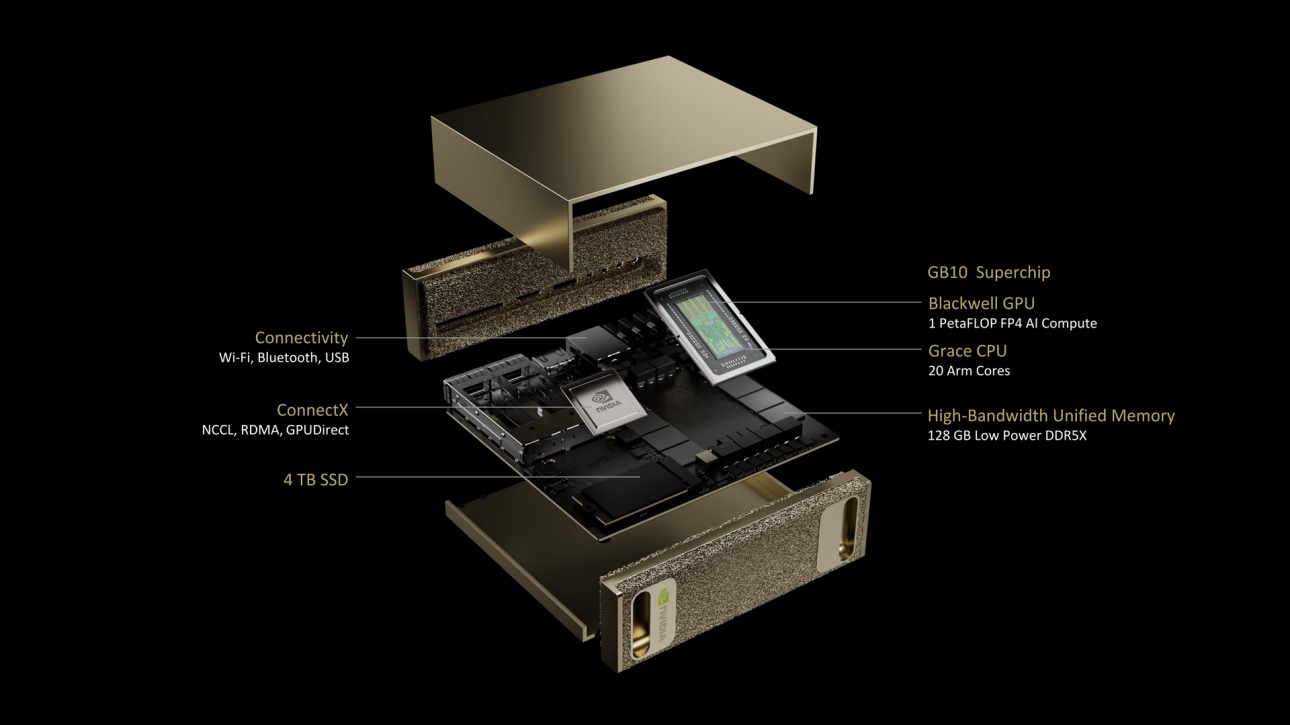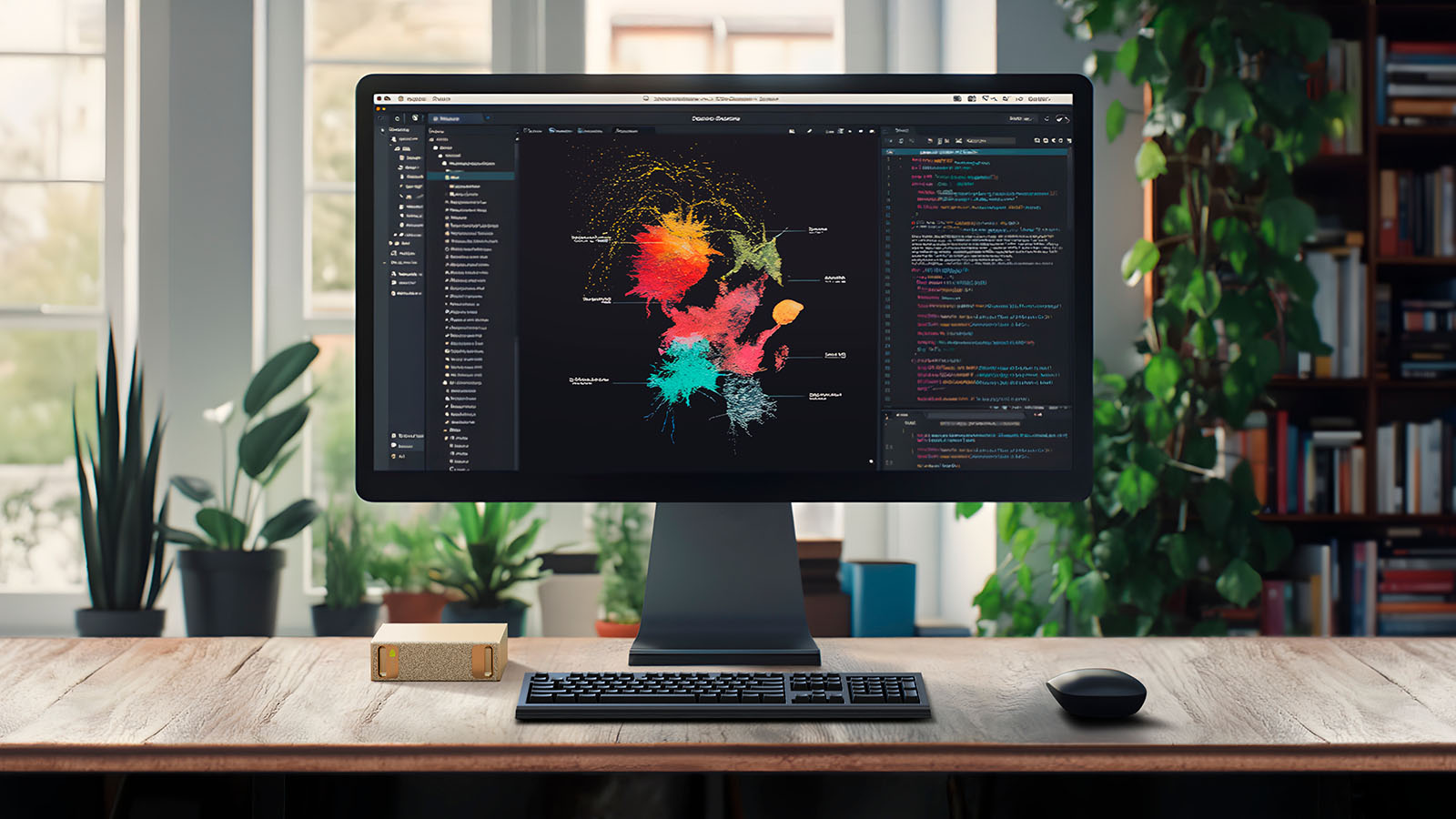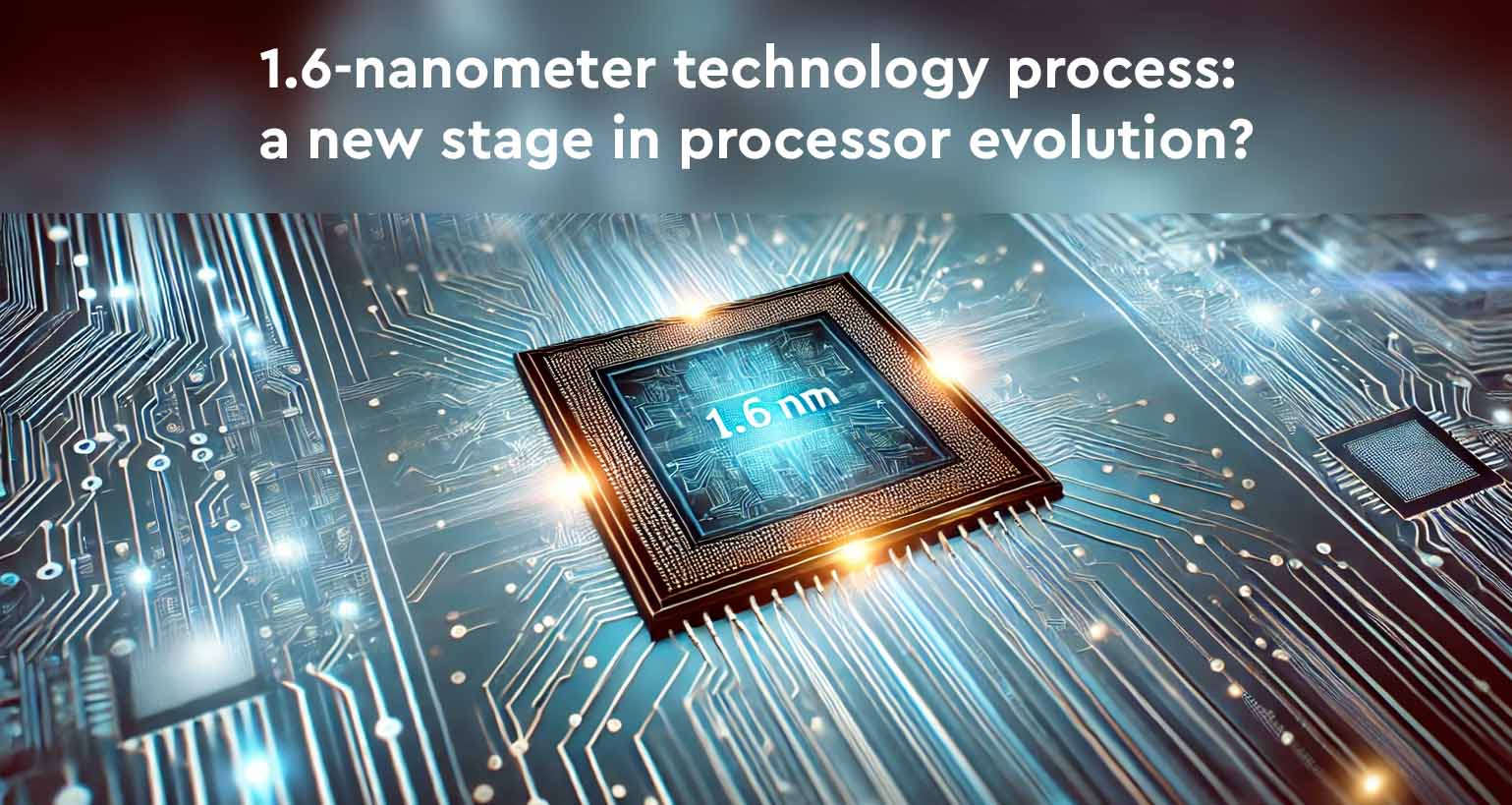Have you ever thought about having your own supercomputer, like the scientists at NASA or the developers at OpenAI? This dream is becoming a reality. Earlier this year, at CES 2025, NVIDIA introduced Project Digits — the world's first personal supercomputer. The company claims that their new chips surpass traditional computing limitations, delivering an impressive performance of one petaflop (a quadrillion operations per second). For comparison, the PlayStation 5 Pro offers only 335 teraflops, which is more than 30 times less.
However, as with any revolutionary technology, there are nuances. In this article, we will explore what makes Project Digits unique, who it is intended for, and what significance it holds for the future of computing. Let's dive into the world of desktop supercomputers.
What is Project Digits?
When we think of supercomputers, images of huge server rooms filled with racks of powerful equipment and cooling systems come to mind. Typically, such machines are used for scientific research, artificial intelligence development, or complex physical simulations. NVIDIA decided to rethink the concept of a supercomputer by creating Project Digits — a compact supercomputer that can be placed on a desktop.
Who is Project Digits for?
It is important to note that Project Digits is not designed for ordinary users. This equipment is developed for developers. Theoretically, you can play games on it if you put in the effort, but its main purpose is to be a tool for prototyping, testing, and deploying AI models locally, and then scaling them in cloud infrastructures or data centers.
Compact Power
Essentially, Project Digits is a miniature server room placed in a small case, making it one of the most compact supercomputers in the world. It looks like a regular mini-PC, such as a Mac Mini, but its power is hidden inside.
Project Digits Technologies
Internal Specifications
Let's look at the hardware. Project Digits is equipped with 128 GB of RAM and an NVMe storage of up to 4 TB, which is enough to work with large datasets when training AI models. But the main feature here is the GB10 processor.
Superchip GB10
The GB10 is a system on a chip (SoC). An SoC integrates the central processing unit (CPU), graphics processing unit (GPU), memory, and other components into a single chip, saving space and increasing efficiency, similar to Apple Silicon processors.
Historically, different computer tasks were performed by separate components connected to each other. An SoC integrates them into one chip, significantly reducing the size of the device.
The GB10 uses the NVIDIA Blackwell GPU with new CUDA cores and fifth-generation tensor cores. These elements are connected via NVLink C2C technology to a powerful central processor containing 20 energy-efficient ARM-based cores.

NVIDIA's Prospects
NVIDIA founder Jensen Huang hinted at further use of the GB10 processor beyond supercomputers, which could significantly impact the processor market in the future.
Performance and Application
Local AI Model Execution
NVIDIA claims that Project Digits can locally run models with up to 200 billion parameters. For comparison, GPT-3 contains 175 billion parameters. With a special adapter, two devices can be combined to work with models containing up to 405 billion parameters.
FP4 Computation Features
The performance of one petaflop is achieved through the use of low-precision computations (FP4). This format is suitable for accelerating neural networks but limits use in tasks requiring high precision.
Using FP4 is a compromise between speed and precision. It is suitable for neural networks where a reduction in precision is acceptable for increased performance.
The Future of Personal Supercomputers
Project Digits marks a new stage in the development of computing technology. This supercomputer opens up possibilities for locally running large AI models, which could accelerate industry development.
Market Impact
Although the device costs $3,000, its appearance creates prerequisites for further innovations in the field of compact high-performance systems.
Broad Prospects
Although Project Digits is aimed at professionals, its announcement indicates significant changes in the approach to AI development and use. Such devices may become more accessible and versatile in the future.
Conclusion
In conclusion, Project Digits is a significant step forward in the field of personal supercomputers. Although this device is not intended for the mass market, it opens up opportunities for AI developers to create and test models locally, accelerating progress in research and development.
Thank you for your attention! Stay with us to learn about new technological achievements.



